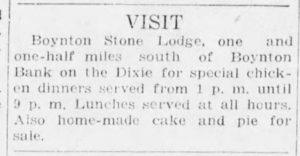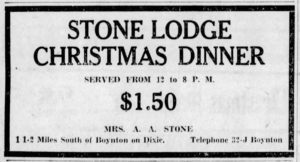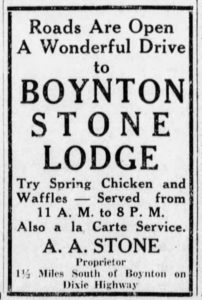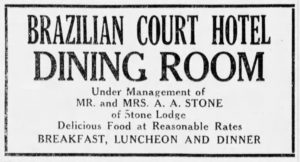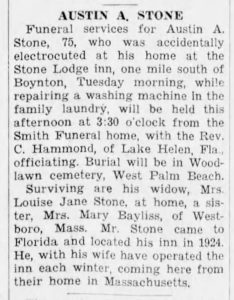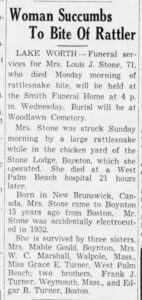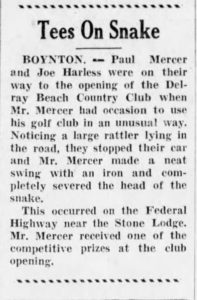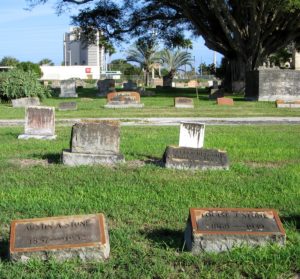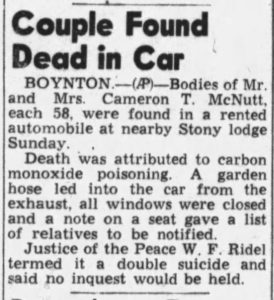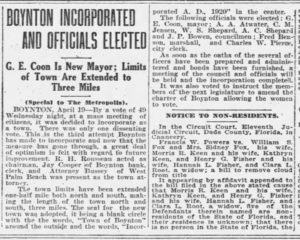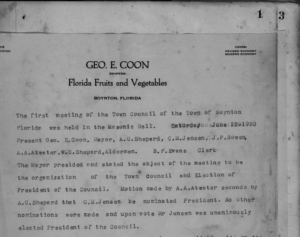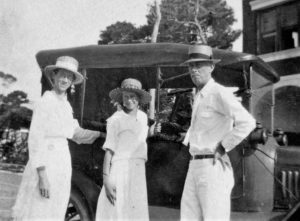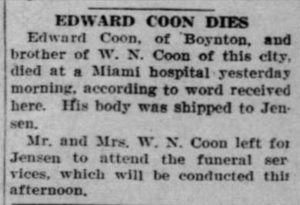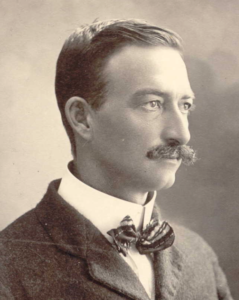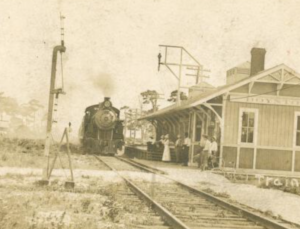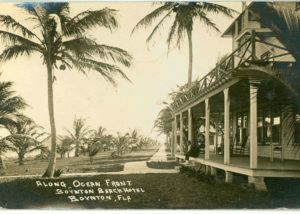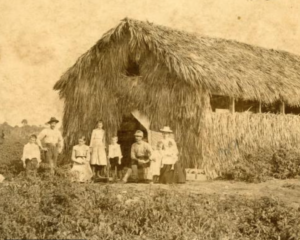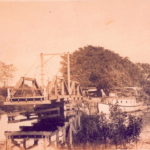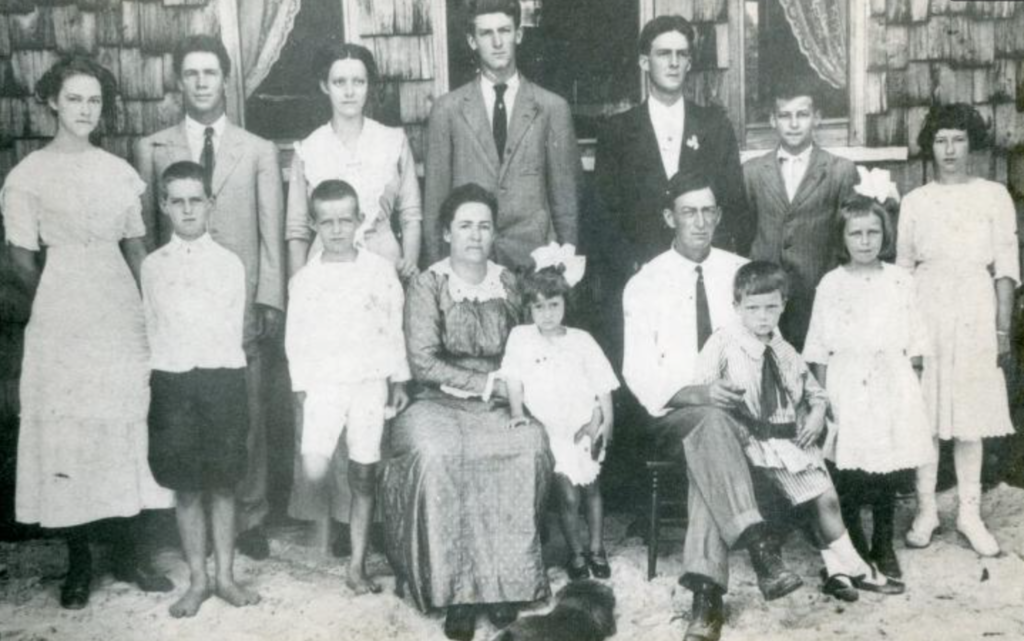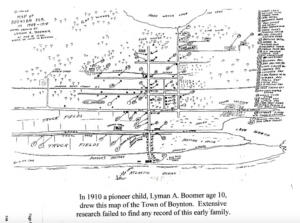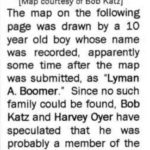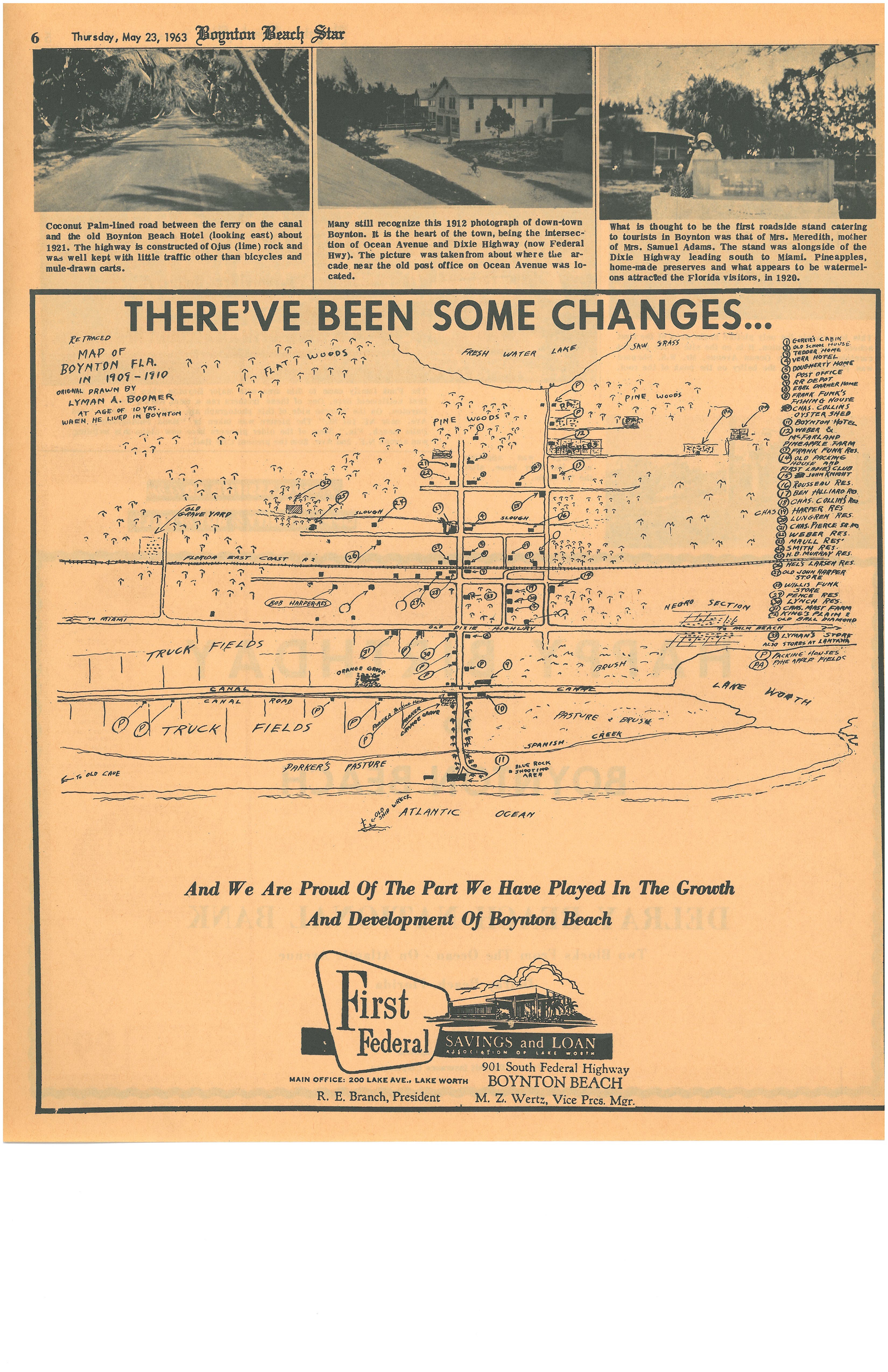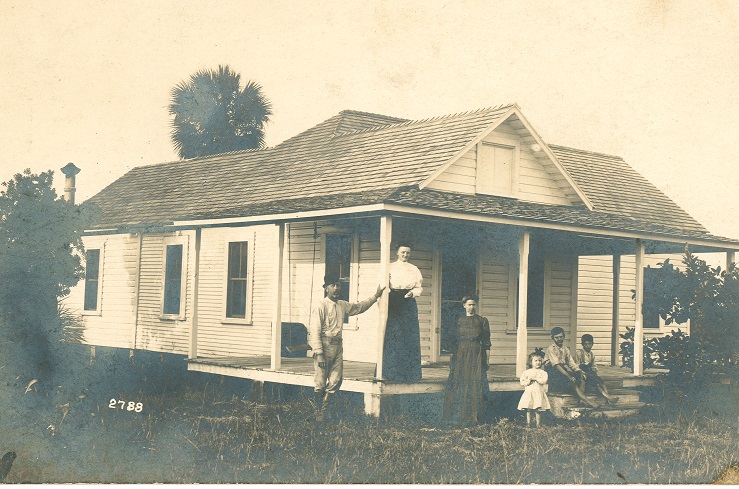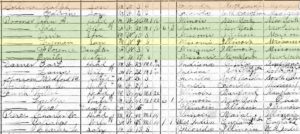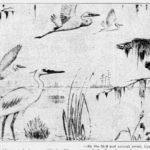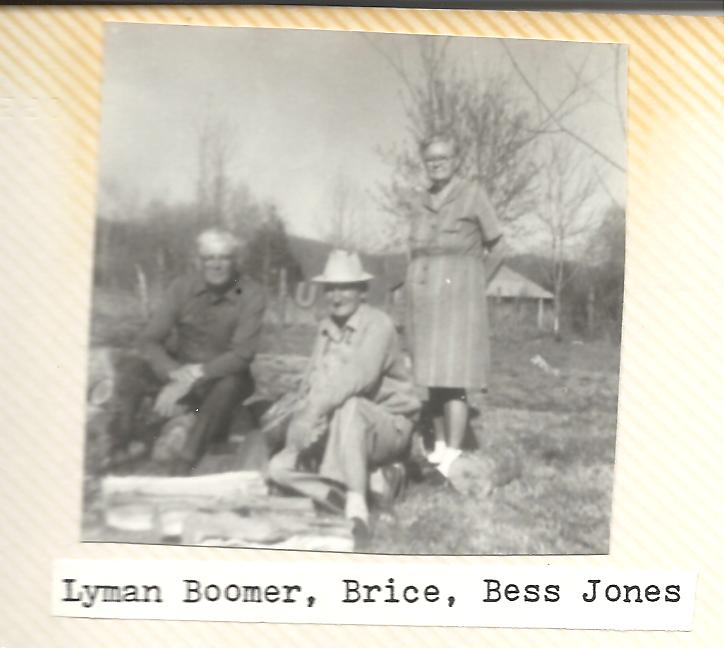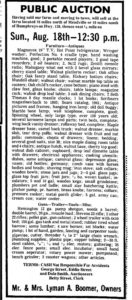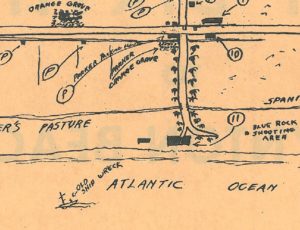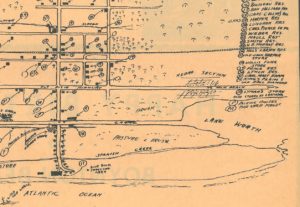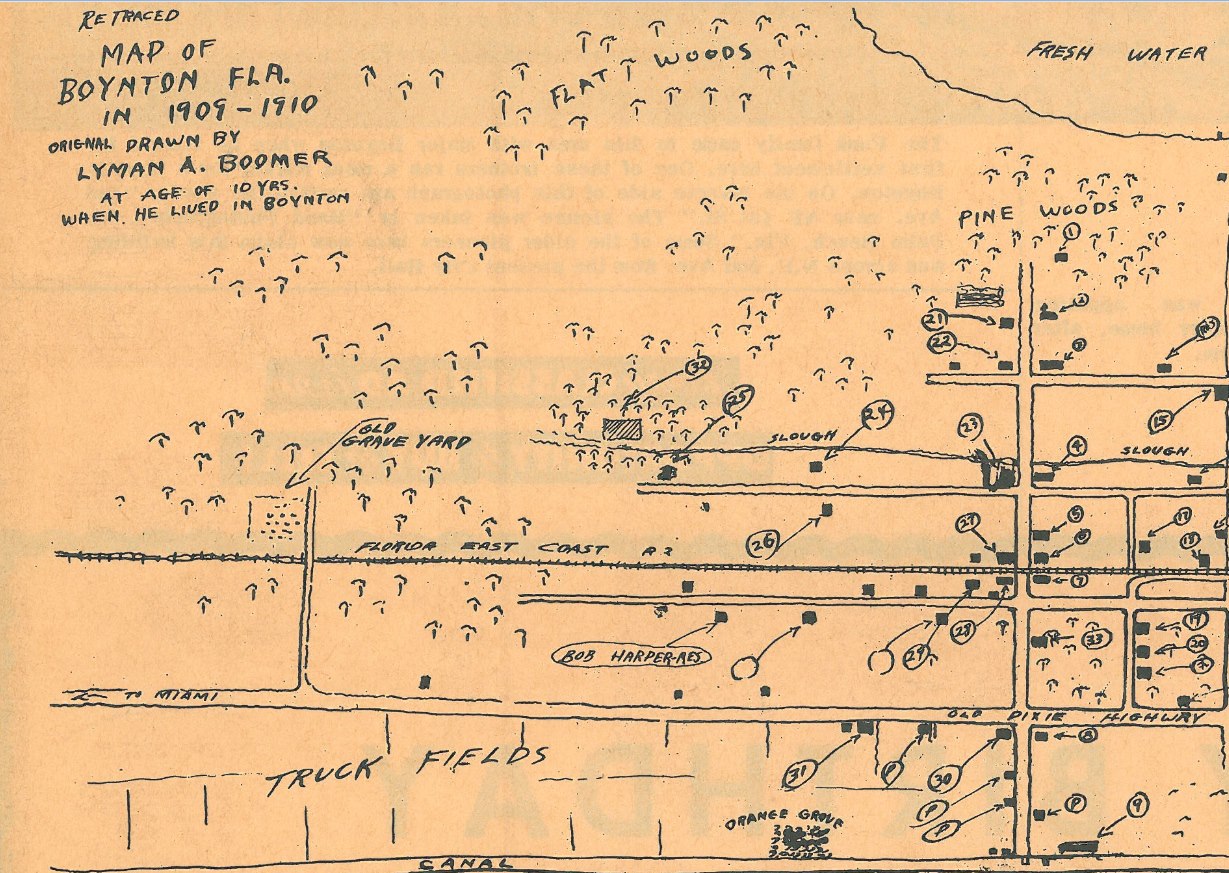Memories Sparked
In a recent email to the Boynton Beach Historical Society, Robin Raborn described how she and her brother would go with her dad, Dr. Robert (Bob) Raborn to the Delray Drive-In Theater to drop off little paper cups to dispense the oral polio vaccine to children and adults.
Dr. Robert Raborn
“My father, Dr. Bob Raborn, ran the distribution at the Delray Drive In. He had worked in the United States Public Health Service and my mother, Lenore, was a medical social worker, so they made a good team. I was nine. I remember running back and forth, delivering tiny paper cups with the sugar cubes to the families driving through. Dad was also in Rotary which championed eliminating polio worldwide.”
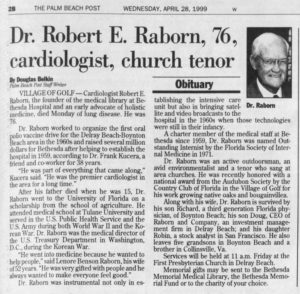
Dr. Bob Raborn Obituary, The Palm Beach Post, Apr 28 1999
Historic Note
During the first half of the 20th century, tens of thousands of Americans, including Franklin Delano Roosevelt (32nd United States President) were stricken by poliomyelitis. Polio, as it’s known, is a disease that attacks the central nervous system and often leaves its victims partially or fully paralyzed. The affliction paralyzed Roosevelt from the waist down, confining him to a wheelchair. You might recall the movie Forrest Gump that started out with young Forrest Gump limping and wearing leg braces. In Florida, the contagious disease shuttered swimming pools and theaters warned moviegoers to not sit too close to one another.
Drs. Salk & Sabin
Jonas Salk developed the first polio vaccine as an injection of inactivated (killed) polio to give immunity. This discovery led to a remarkable decline in polio beginning in 1955.
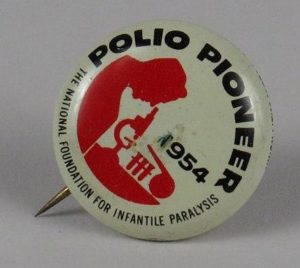
Polio Pioneer Pin
Another medical researcher, Dr. Albert Sabin, created a “live” oral polio vaccine that was low cost, eliminated the needle, and tasted great.
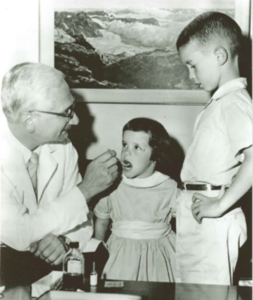
Albert Sabin gives his oral poliovirus vaccine to a girl. Courtesy of the Hauck Center for the Sabin Archives, University of Cincinnati Libraries
Sabin’s vaccine required three doses administered over three months. Three drops of polio antibodies were added to sugar cubes or cherry flavored water for quick, painless, and tasty immunity.
The 1964 Mary Poppins song “A Spoonful of Sugar Makes the Medicine Go Down” was inspired by the Sabin vaccine. Interestingly, in 1964 my parents fed me a spoonful of raw honey to conceal antibiotics hidden inside for several weeks as I recovered from surgery.

Polio Vaccine Poster
Sabin Oral Sundays
How to effectively administer the vaccine to entire families most effectively? Mass applications of the Sabin vaccine began in the early 1960s with “Sabin Oral Sundays.
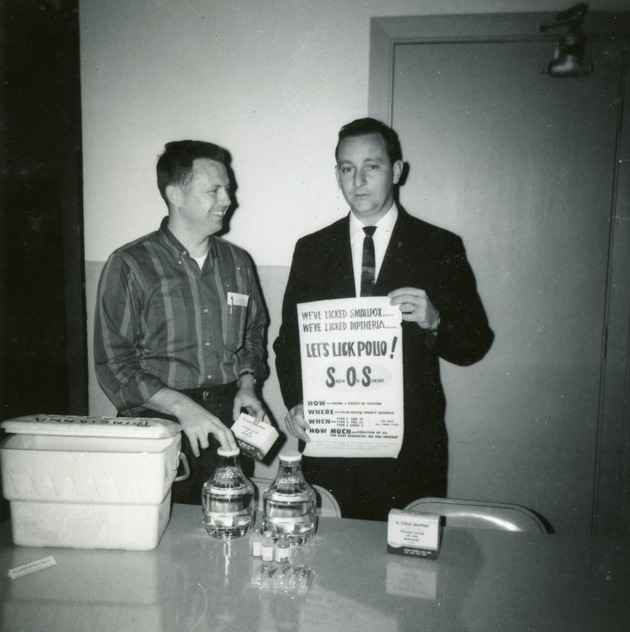
Sabin on Sunday, 1965 Jaycees Photo Collection, Courtesy of the Boynton Beach City Library Local History Archives
Drive-In Theater Program
Dr. Raborn sold the Palm Beach County Medical Society on holding a local public health program at drive in theaters. As the Delray Beach/Boynton Beach polio representative, Dr. Raborn partnered with the Jaycees (Junior Chamber of Commerce members) to get out the “SOS” and schedule a series of massive “Sabin on Sunday” events at the Delray Drive-In on Federal Highway. The programs goal was to immunize at least 80% of the local population—adults and all children over six months—and it worked!
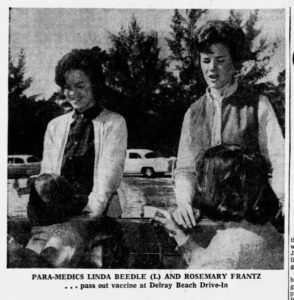
Fort Lauderdale News, Feb. 24, 1964
Immunity in a Paper Cup
Thomas Bruce Smith recalls his family driving to the theatre on a Sunday afternoon. “When you got in, they sent the cars into three lanes, you pulled up and they gave you little paper cups to drink and then you left. You had to come back for a second dose.” 1960s Palm Beach Post and Sun Sentnel newspaper articles confirm Smith’s memories. The lanes were segregated with two lanes for white families and one lane for black and brown residents.
An Army of Volunteers
The polio eradication program took many volunteers. The Health Department, schools, churches, and civic organizations distributed authorization forms that households could pre-sign permission to vaccinate entire families or minors. Block captains went house by house and helped to sign up neighbors. School nurses and mothers volunteered as site coordinators and vaccine administrators. Seacrest High School students who served as candy stripers at Bethesda Memorial Hospital volunteered at SOS events.
Each dose of three pale drops of Sabin vaccine in a small cup of distilled water cost about 25 cents, and participants received the vaccine regardless of their ability to pay. Quarters raised went back into the program to educate and fortify more people against the crippling disease.
“Some 161,400 persons sipped their Sabin vaccine in Palm Beach County yesterday [January 19, 1964], 57% of the 280,000 target. 90% immunization mark. In Delray Beach 12,100 persons gulped the polio-preventer at the Delray Drive-In Theater. Dr. Robert E. Raborn and Delray Jaycee President Charles Gwynn lauded Paramedics and Seacrest High School students.”
Mass Vaccination Program Eradicates Polio
Boynton’s population in 1960 was just over 10,000. “A total of 21,966 persons received the third and final dose of Sabin oral vaccine at stations in Delray Beach, Boynton Beach and Boca Raton. The vaccine feeding station at the Delray Beach drive-in station had its biggest day to date yesterday [April 5, 1964]. Chairman Charles Gwynne said that 9,150 persons received the vaccine at the drive-in” (06 April 1964, Fort Lauderdale News).
Polio Vaccine Memories from the Historic Boynton Beach Facebook page
The vaccine was distributed at schools, churches, the Health Department, and of course the Delray Drive-In Theater.
Edward Morley
Delray drive in. Rode my bike there.
Dyle Cronenweth Warren
At the Delray Drive-in. Our parents drove in, the guy at the entrance booth passed out our sugar cubes and we drove out.
Robin Pierce Morgan
My mom had polio when she was 18, she almost died. When the vaccine came out, we stood in line.
Barbara Brooks
I got a certificate saying I am a polio pioneer. Never had any problems after I got the shot
Ann Carter
I’m sure I got a shot when I was little (born in 1954), but I remember in 1963 or 1964 going to North Grade Elementary school for Sabin Oral Sunday, where we were given a little cup of vaccine. We had to go back a week or two later for the second dose. At that point, several of my siblings and I had mumps, so someone brought the tray of cups out to the car for us.
Susan Sheehan
I remember being so afraid of shots! I was so happy to get an oral vaccine!
Rick Cummins
Got mine at the Delray Beach drive in 1962 or 1963.
Leslie Worrell Jurney
I got it with my family at the Delray Drive in!
Joan Anderson
People were lucky to get the vaccine…. most don’t remember the polio epidemic before the vaccine. I do as I was hospitalized with polio as a child, very scary. I was blessed not to have effects like some did. I wish the vaccine were around for me.
Kathleen Kidd
My whole family went together to the cafeteria at North Grade Elementary after church to get it as a liquid in a small paper cup.
Teresa Wilhelm
My parents and I went to Lantana Elementary, on a Sunday afternoon (I think) a couple of times to drink a tiny cup of liquid. Do not remember it tasting bad.
Nelda Hall Erwin
It was ‘64, I was 5 and I remember standing in a long line with my mom at Canal Point Elementary School. My oldest brother had and survived Polio without any handicaps.
Karen Dutch
At Boynton Beach Elementary my third-grade class was called Polio Pioneers. We did not know if we were given a placebo or the real vaccine. We were given a wallet size card and a little metal button, you bent in half on a pocket to wear.
Richard Katz
Line of cars …. little paper cups…we lived on 5 acre farm on two-lane Atlantic Avenue.
Video Links
From The Vault: Dr. Albert Sabin’s oral polio vaccine helps eradicate the disease around the world
Julie Andrews as Mary Poppins singing “A Spoonful of Sugar” 1964

